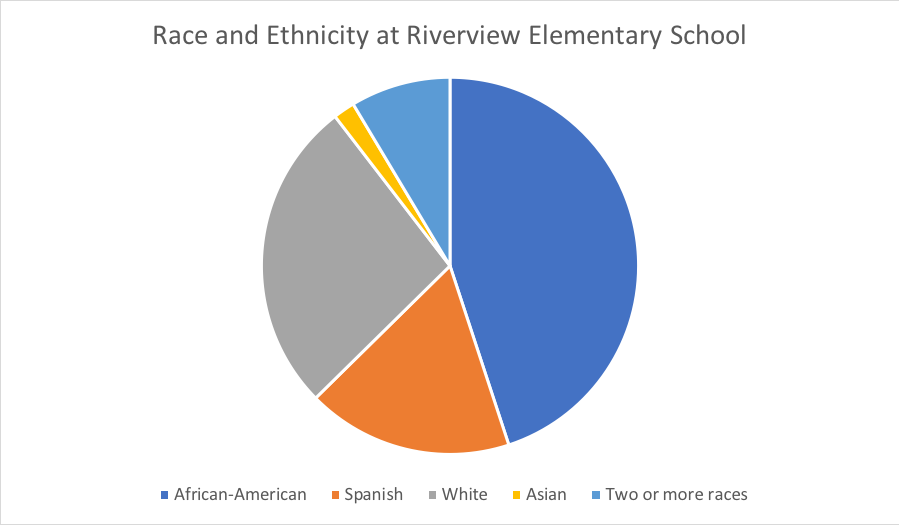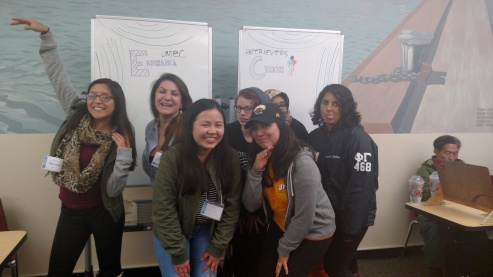For my activist project I volunteered with the Esperanza Center located on South Broadway Street in Baltimore. The Esperanza Center is an extensive immigrant resource center that provides a safe, compassionate space in addition to important access to resources for people who have just arrived in the United States. The Esperanza Center provides a comprehensive list of services including healthcare, legal services, ESL education, and referrals for other immigrant services.

I served as an ESL education volunteer every Wednesday evening. In addition to my role as an educator it was important to create a safe and open space for my students. As an immigrant myself, I know that being in a new country can often be a lonely, scary, and isolating experience. The current political climate can make immigrants feel even more unwelcome. Before I began my lesson I would engage with my students in a friendly and welcoming manner; asking them how their day has been, how long they’ve been in the US, if they like the city of Baltimore, and any other conversation topics they feel they want to share with me. This helps to establish rapport and makes both of us more comfortable with each other.
I found that with my more advanced students it is more effective for us to just have an informal conversation instead of strictly following the curriculum given. Through conversation, my students improved their pronunciation skills and built confidence in their speaking-skills. We also exchanged cultural references and humor respective to our national backgrounds- which made it a lively as well as educational experience for both of us. This opportunity gave my students the room to speak about things that interest them in a positive and encouraging space. The students I worked with at the Esperanza Center were inspiring and eager to learn. I was struck by how hard-working and dedicated they were. Many of them worked long shifts and still showed up every week so they could improve their English.

I have learned that activism doesn’t have to mean going to every rally and protest. Activism can mean donating your time to a cause you care about. The Esperanza Center would not be able to run and serve the immigrant population if it wasn’t for its legion of dedicated and kind-hearted volunteers. My volunteer experience changed my relationship with activism because it made me aware of how expansive activism really is- and how many different forms of activism there are. Providing direct services is a powerful form of activism. This project was important to me because it gave me the chance to give back and learn more about different cultures.
Learn more about the Esperanza Center:








